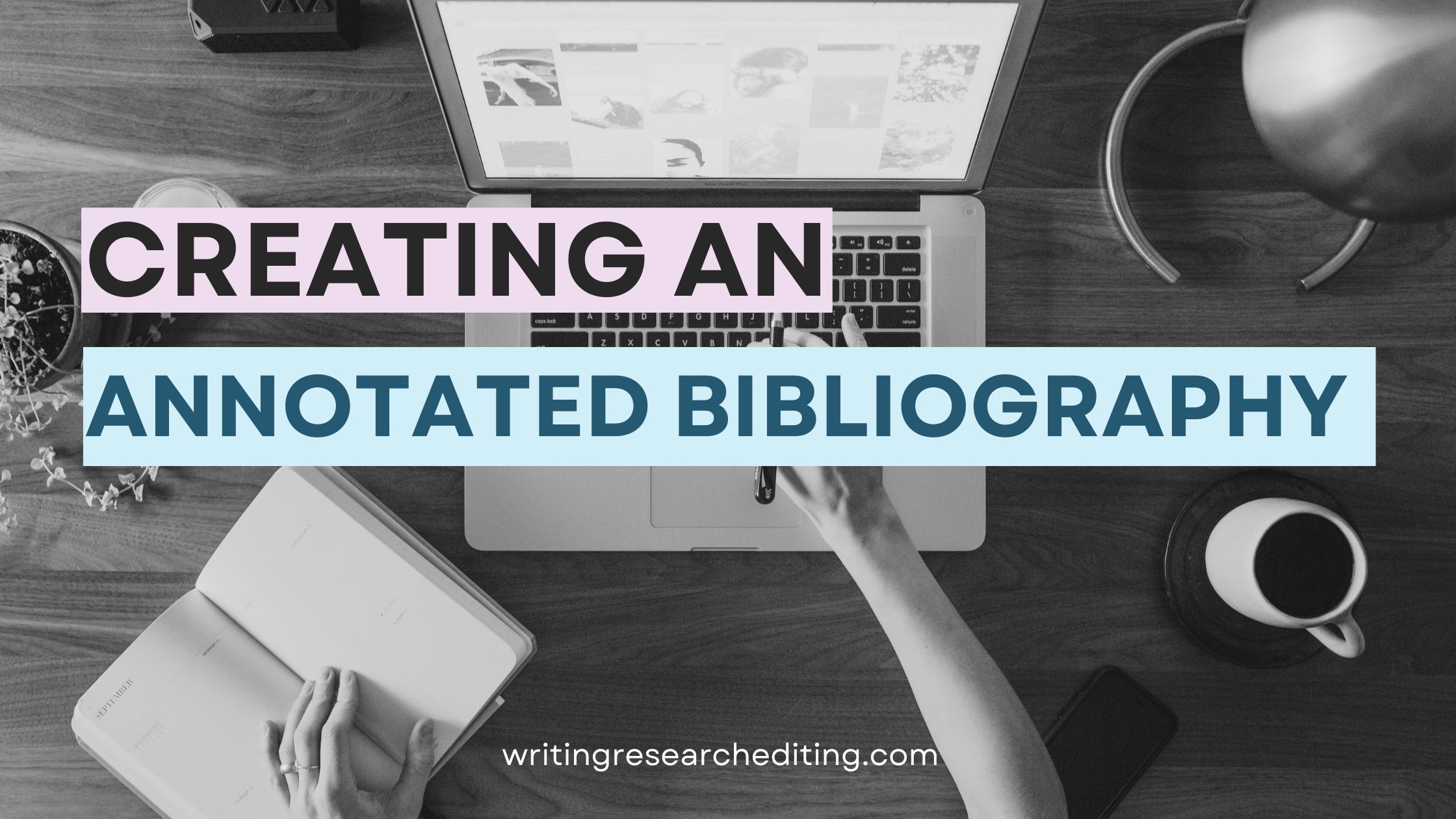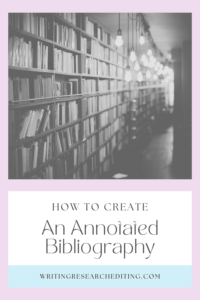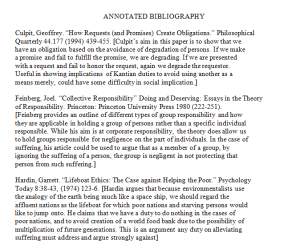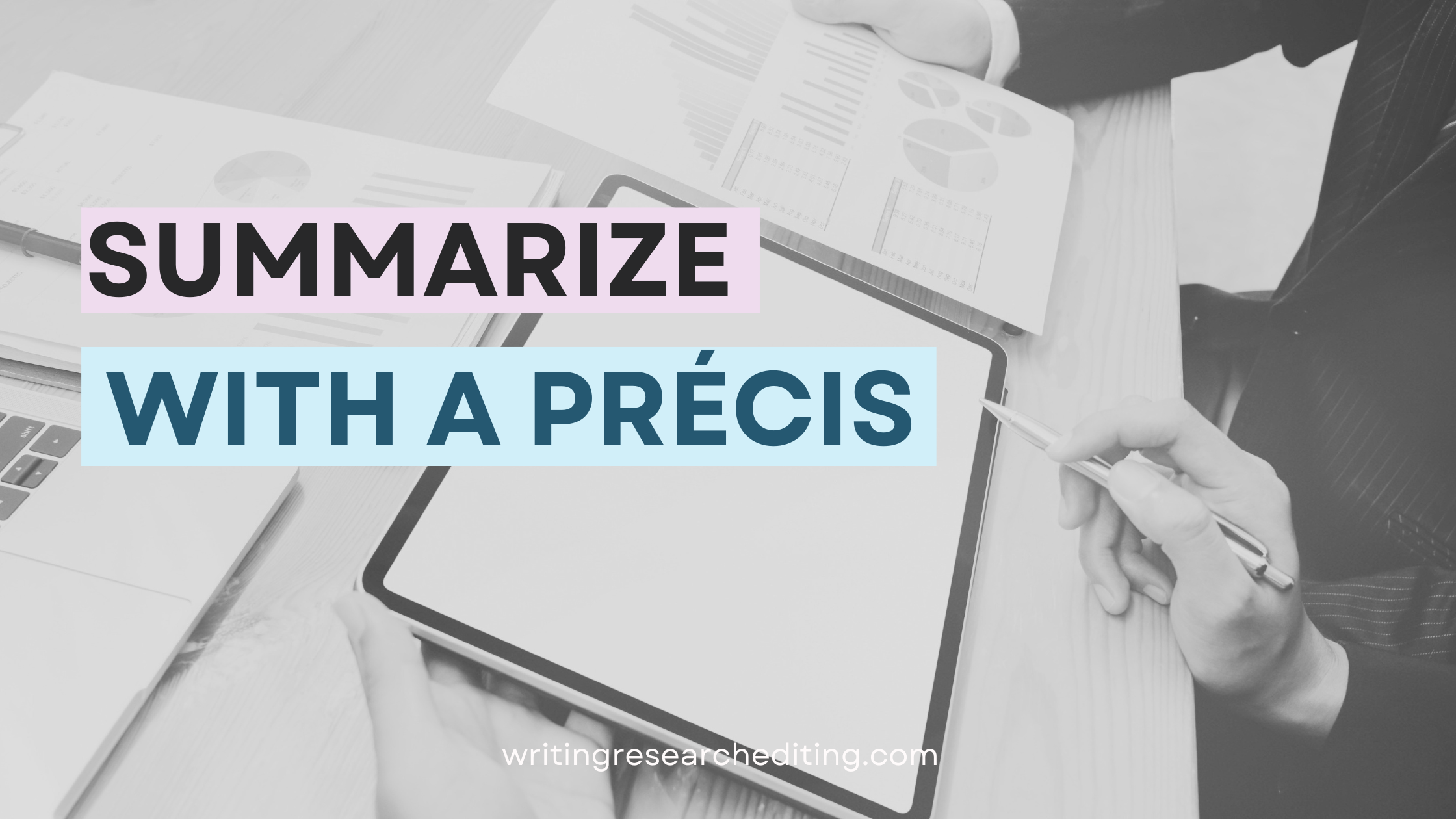An annotated bibliography can be an enormously helpful tool when performing research for a major project. During the preliminary research phase, it can be helpful to create an annotated bibliography so you can see where you are going with your research and so others can follow as well. Endnote, Zotero, and other bibliography programs can help you in this regard. Here, I will show you how to create an annotated bibliography using a document program.
Start With A Library Search
First, you will search, at the library website for the materials your project will require. As you search, you will find relevant material. If I am doing research on ADD, I will find various titles on this subject. One such title is: Attention Deficit Disorder: The Unfocused Mind in Children and Adults, written by Thomas E. Brown, Ph.D. Because this book is on my topic and may be helpful, I will record it for my annotated bibliography: Brown, Thomas E., Attention Deficit Disorder: The Unfocused Mind in Children and Adults. New Haven, CT: Yale University Press (2005).
Include Pertinent Information
While the above information may be sufficient for a bibliography at the end of a research project, it is not very informative when it comes to the annotated bibliography. The purpose of the annotated bibliography is to help you identify how a reference might be important to your work. Something I might include would be the call number – so that I can easily retrieve the reference when I go to the library. If the book needs to come through Interlibrary Loan, I will need to note that as well, and whether I’ve requested the material. Finally, I should list the relevance of the material.
The above material is a reference work that gives an overview of ADD in children and adults. Here is another example:
Breggin, Peter R., Talking Back to Ritalin: What Doctors aren’t Telling You About Stimulants for Children. Monroe, ME: Common Courage Press (1998). CALL NO: 618.92858 BREGGIN. <For section on treatment controversy for ADD, discusses the negative effects of using drugs to treat ADD>
Keep It Brief
The purpose of the annotated bibliography is to help jog your memory – especially if you’re working on a long-term project where you might review many resources before you begin writing. You need not list a whole argument for your bibliography, just a general overview. Other useful information might be “Recommended by interview subject x for views on y,” or “May or may not be applicable”. Your annotated bibliography is a tool for you in your research. Mark it up in a way that is both meaningful and useful to you and your project.
If you’re feeling overwhelmed with the bibliography creation process, you might find my research consultation or academic coaching services useful.






[…] reason why I stress the importance of notetaking and using an annotated bibliography is that it can help you avoid plagiarism in your writing. Keep notes from each source on separate […]
[…] make creating a bibliography (and entering citations) easier for yourself, in the place where you will keep your reading notes, […]
[…] key resources the authors of the article are familiar with. Include these sources in your working bibliography. Also, note any keywords or phrases that you can use in addition to your topic – there will […]
[…] note-taking is to use a single index card for each new piece of information. First, record the bibliographic information at the top of each card. This information typically includes the author(s), title, […]